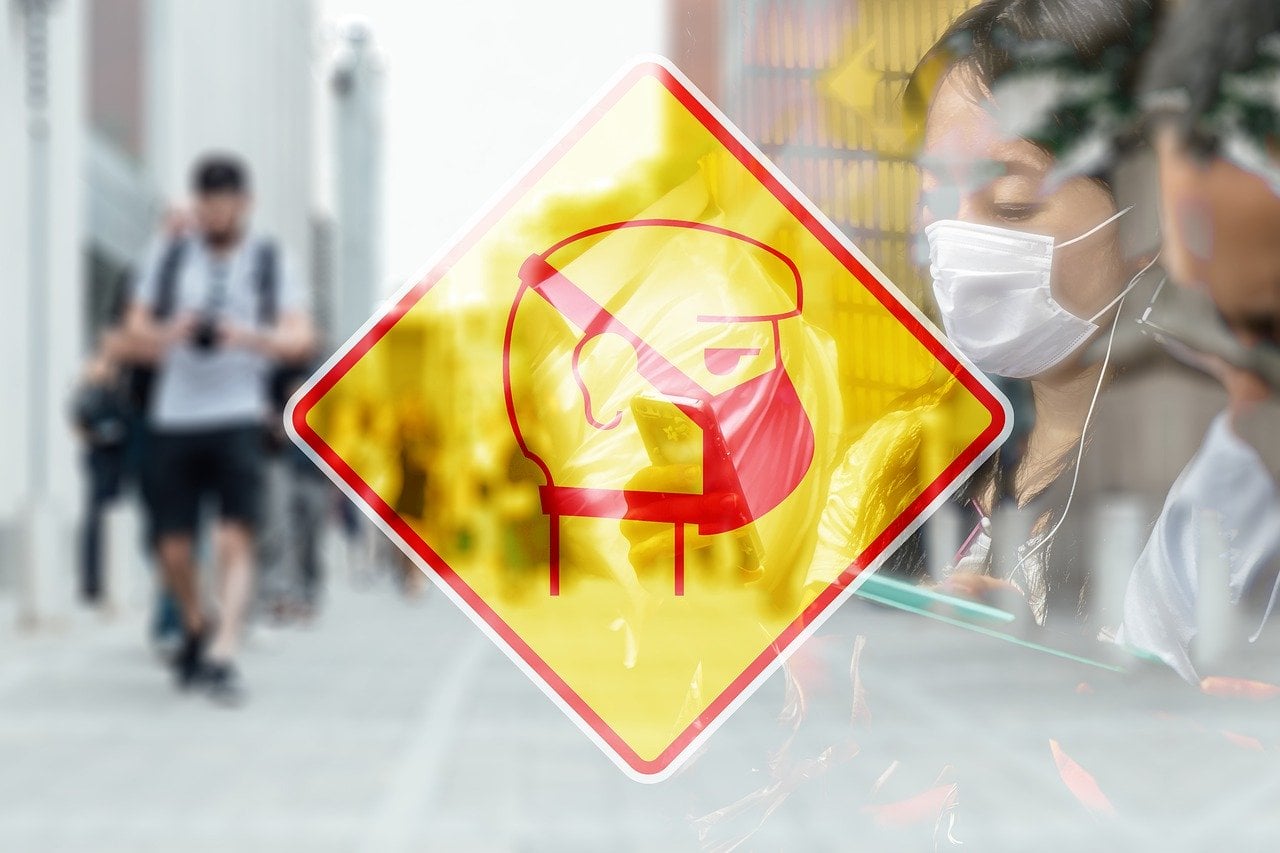House Speaker Nancy Pelosi and Treasury Secretary Steven Mnuchin continue to make progress in stimulus negotiations, so there is still a chance of another round of stimulus checks. If the two reach an agreement and Congress approves it, you should know how the IRS will calculate the amount of your second coronavirus stimulus check.
Q3 2020 hedge fund letters, conferences and more
What determines your stimulus check amount?
It is not known what process the IRS will follow to calculate the amount of your second coronavirus stimulus check. However, if the proposals put forward for the next stimulus package are anything to go by, then the process will be similar to what was done for the CARES Act.
Knowing how the IRS calculated the amount of your first stimulus check will help you calculate the amount for the second check as well. The IRS starts the calculation by taking your adjusted gross income (AGI) from your 2019 federal tax returns. If you didn’t file a 2019 return, then the agency will refer to your 2018 return.
Under the CARES Act, those eligible for a payment of up to $1,200 are individual filers with AGI of up to $99,000, head of household filers with AGI up to $136,500. and married couples (up to $2,400) filing jointly with AGI of up to $198,000.
In addition to the AGI, there are two other factors that help to determine the amount of your stimulus check. The first is the "income cap," after which the IRS starts to reduce the amount of your stimulus check. For instance, the CARES Act had an income cap of $75,000. This means those with AGI below $75,000 got a check for the full amount, and those with income over $75,000 (but below $99,000) saw their check amount reduced by $1 for each $20 of income over the cap.
The second factor is the number of dependents. A point to note is that the dependent payment is not part of the $1,200; rather, it is calculated separately. Under the CARES Act, for each qualifying child 16 years or younger, you received a payment of $500.
Thus, the final amount of your stimulus check is the sum of the amount the IRS gets in the above two steps. This means the IRS will first calculate the amount based on your AGI and income cap and then add to it the dependent payment.
For example, suppose you and your spouse file jointly and have a joint income of $95,000 with no dependents. Under the CARES Act, you were eligible for a $2,400 stimulus payment. If you also have one dependent, then you received $500 more, for a total payment of $2,900.
Hopefully, now you will have an idea about how the IRS calculates the amount of your coronavirus stimulus check. However, the above details are based on the CARES Act. It is possible that Congress will make some changes to the income cap or dependent payment (or qualification) with the next relief package if it is passed.






